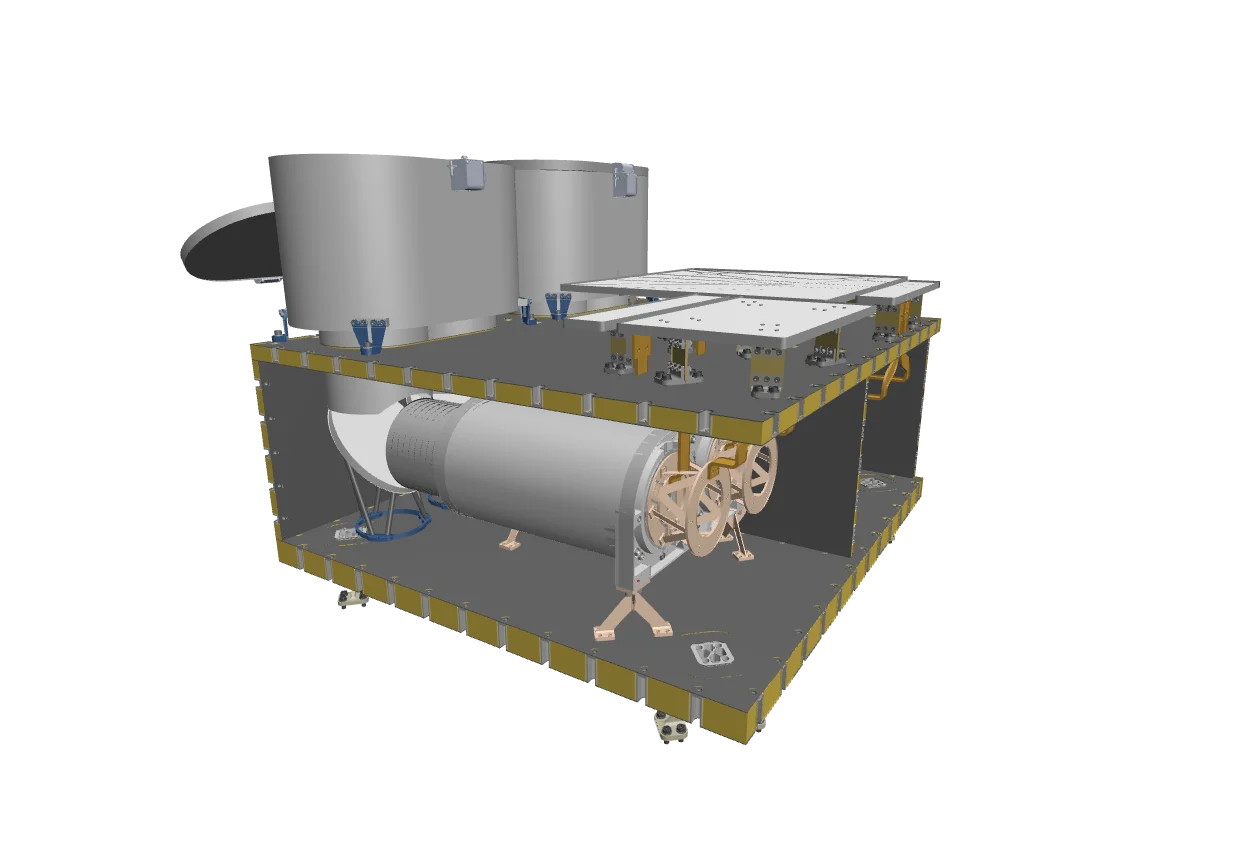ARRAKIHS

Observing haloes down to ultra-low surface brightness to better understand galactic-scale structures

ARRAKIHS is a European Space Agency (ESA) mission to test predictions of the ΛCDM model by observing a sample of nearby Milky Way type galaxy haloes.
ARRAKIHS (Analysis of Resolved Remnants of Accreted galaxies as a Key Instrument for Halo Surveys) is a European Space Agency (ESA) mission to test predictions of the so-called ‘Lambda Cold Dark Matter’ theory (ΛCDM). ΛCDM is a powerful cosmological model at large scale, but it has been demonstrated incapable of replicating some galactic-scale structures. There are underlying differences in the structure, abundance, or dynamics of galaxies as modelled in ΛCDM when compared against observations.
Mission’s goal will be achieved by observing a sample of nearby Milky Way type galaxy haloes down to ultra-low surface brightness at visible and infrared wavelengths. This can be most efficiently done using small telescopes with a large field of view on-board a small satellite above the Earth’s atmosphere, which is precisely the rationale behind the mission.
The distribution of satellite galaxies themselves has been argued to be one of the strongest tests of ΛCDM. To test the model, the luminosity functions of satellite galaxies around nearby galaxies must be measured. We also need to better understand the prevalence of systems that appear to have satellite galaxies rotating in planar configurations—this observed structure is a quite rare occurrence in numerical simulations of ΛCDM. Finally, we need to identify which systems possess stellar streams, determine their frequency, and statistically characterise the shapes and abundances of those features.
The ARRAKIHS satellite is equipped with two wide-field binocular cameras that will systematically observe the stellar components for 50 nearby galaxy haloes per year from space down to an unparalleled ultra-low surface brightness, at Blue, Visible and Near Infrared wavelengths. These observations will offer a unique view into the still largely unexplored ultra-low surface brightness universe, and provide the key data needed to test the outstanding challenges for the ΛCDM model.
THE IEEC CONTRIBUTION
The IEEC is participating in both science and instrument activities. The IEEC is responsible for the characterisation of the visible instrument detectors, a new technology of image sensors—CMOS sensors—designed for space applications. Additionally, the team will provide instrument operation and mission schedule support. The science activity will mostly be focused on modified gravity cosmological simulations and analysis of galactic cirrus.
